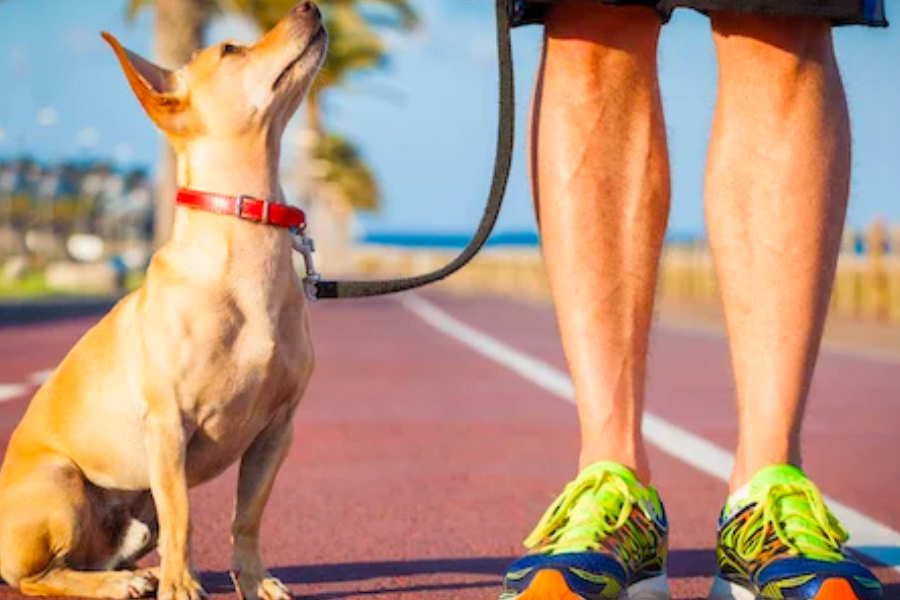Many dog owners enroll their pet in a dog obedience school when they are six months to one year old. Some dogs perform well in the class, while others do not, but for many owners, the six- or eight-week course is the end of their dog obedience training, and they call their dog “an obedience school graduate.”
I say, “Let’s be honest” to these people. The canine didn’t bail. Indeed, you did. Since when everyone who didn’t walk did or take public transportation to class decide to not show up?”
Issues with Obedience-Based Education
However, let’s be fair to those who don’t finish the course by acknowledging that if this is the first time a dog has ever been trained, it’s only natural that they and their owners would find it frustrating.
The heel command is typically taught first in obedience classes despite being among the more difficult instructions for a dog to learn. It’s like asking a kid who hasn’t had any math before to learn algebra.
You’re not asking your dog to do just one thing when you give him or her the heel command. Your dog’s job description is entirely dependent on yours. Your dog should follow you and walk alongside you, turning and stopping when you do.
And if this is your dog’s first time being trained, he or she has no idea that training is even taking place.
Your dog isn’t bad or dumb, but it has no idea what you’re asking him to do and may not even realize that it’s being asked to do anything at all.
Simplified Method
Nothing forces it to be this way. Some dog training methods are so stress-free that you can start working with your new puppy on the very first day you bring her home.
Choosing the best dog training technique is the best investment of your time and energy since it can be used in almost every situation. There may be some confusion on the part of the new dog owner as to why. Saying, “How is this helpful? It’s like the dog has no idea what to do!
Exactly! A dog that sits is less likely to bother your grandma by, say, leaping up on her or barking constantly. What’s more, a dog who sits when instructed is a dog that is responding to your commands and is under your authority.
Having the dog on a leash at your side, you may draw up on the leash and press down on her butt while repeating the word “Sit.” You’re trying to coax the dog into the right posture by using force, but this isn’t fun and may be upsetting for both of you.
When pushing the dog into place, why use force?
Give your dog food a tasty treat, such some dried liver, or even a piece of kibble if you haven’t fed him/her yet. Get your dog’s attention by calling his or her name, and then show him or her the reward.
It won’t be very lengthy. In a matter of moments, your pet will be by your side, nose hovering over your hand. Once you get him or her in this posture, just lift the treat over his or her nose and return it to the original position.
Your hand should never be more than an inch or two over the dog’s head; much higher, and she may jump backward. But if you move the treat back above her head, her nose will go up and back, and eventually she will sit.
Just tell your dog it’s a good boy or girl and give him a treat.
Incorporate multiple sessions of this into your daily routine. When your dog sees you coming with the food bowl, he or she will likely start jumping and frisking in excitement. When your dog sits, tell him or her “good dog,” and put the bowl down.
It is no longer necessary to reward the dog with a treat every time he or she obeys your command to sit. Don’t forget to praise your dog, though! Recognize that your dog is following your instructions and express your gratitude by telling him or her how well done they are.
Your dog is not only benefiting from the exercises themselves, but also from the process of learning itself. Your dog is learning that there are times when it is expected to do a certain action, that there is a specific name for that action, and that if he or she pays attention, he or she can figure it out.
As a last note, never think you’ve “finished” teaching your dog. You and your dog may always benefit from further education and experience.

